Where Do Peppercorns Come From? Direct Answer
Peppercorns come from the Piper nigrum vine, a tropical climbing plant native to the Malabar Coast of India. These berries, harvested at different stages of ripeness and processed in various ways, create the black, white, green, and pink peppercorns used worldwide. Despite being one of the most common spices on dinner tables globally, many don't realize peppercorns are actually berries from a flowering vine.
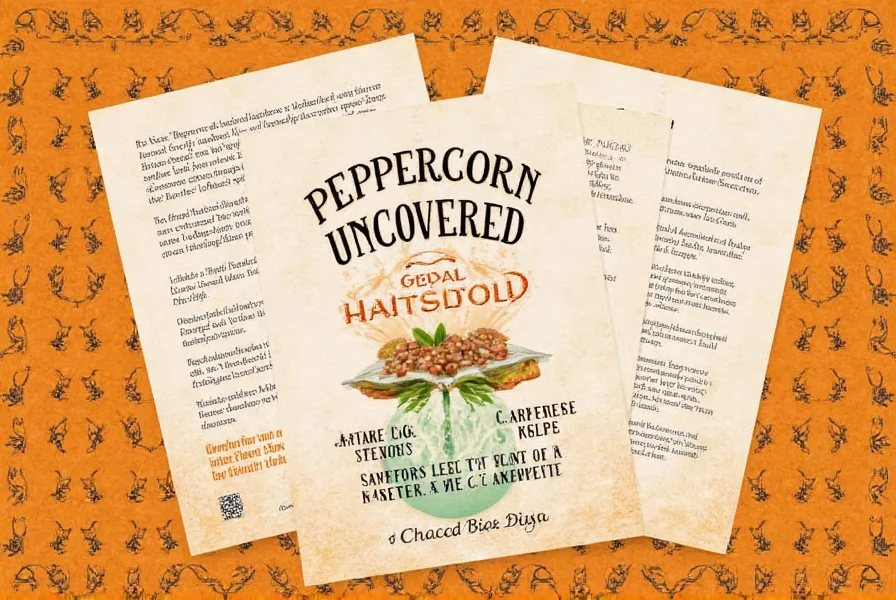
Historical Origins of Peppercorns
Peppercorns have been traded since ancient times, with evidence of use dating back to 2000 BCE in India. They were so valuable in Roman times that they were used as currency and even paid to soldiers. The term "black gold" emerged during the Middle Ages due to their high value. European exploration in the 15th-16th centuries expanded cultivation to Southeast Asia and other tropical regions.
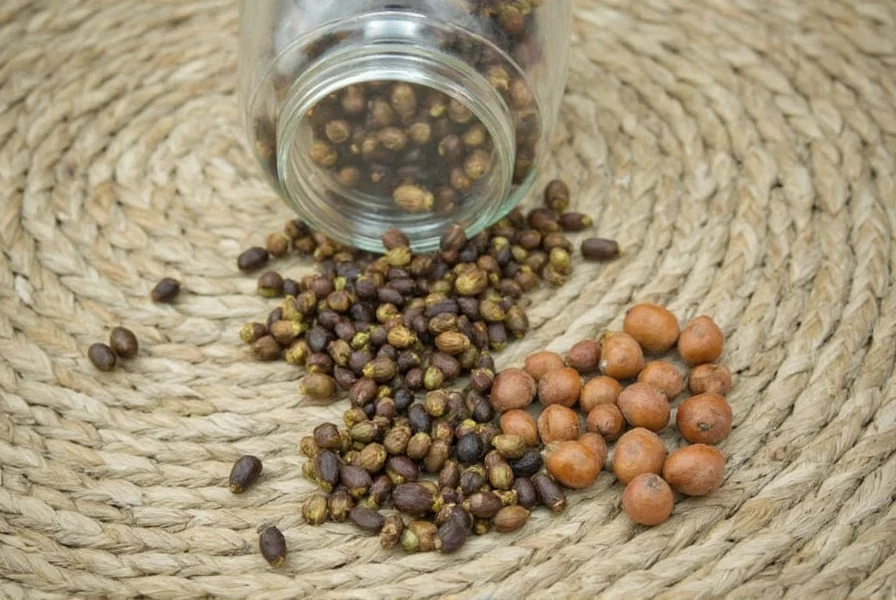
The Peppercorn Plant: Nature's Spice Source
Peppercorns come from the Piper nigrum plant, a perennial climbing vine native to South Asia's tropical regions. The vine produces small clusters of berries called drupes, which become peppercorns through specific harvesting and processing methods.
How Peppercorns Grow
- Grows in warm, humid tropical climates
- Vines can climb up to 10 meters
- Berries mature over 6-8 months
- Harvest timing determines peppercorn type
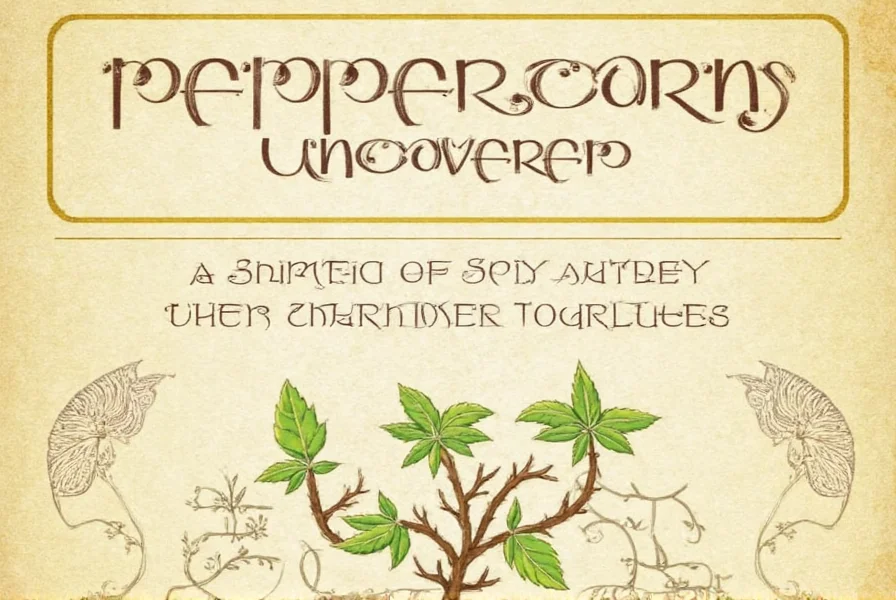
| Country | Main Region | Famous For |
|---|---|---|
| India | Kerala (Malabar Coast) | High-quality black and white pepper |
| Vietnam | Darlac Province | Largest global producer |
| Indonesia | Sumatra, Java | Mellow, earthy flavor |
| Brazil | Pará State | Cheap but less complex flavor |
| Madagascar | Island nation off Africa | Premium pink peppercorns |
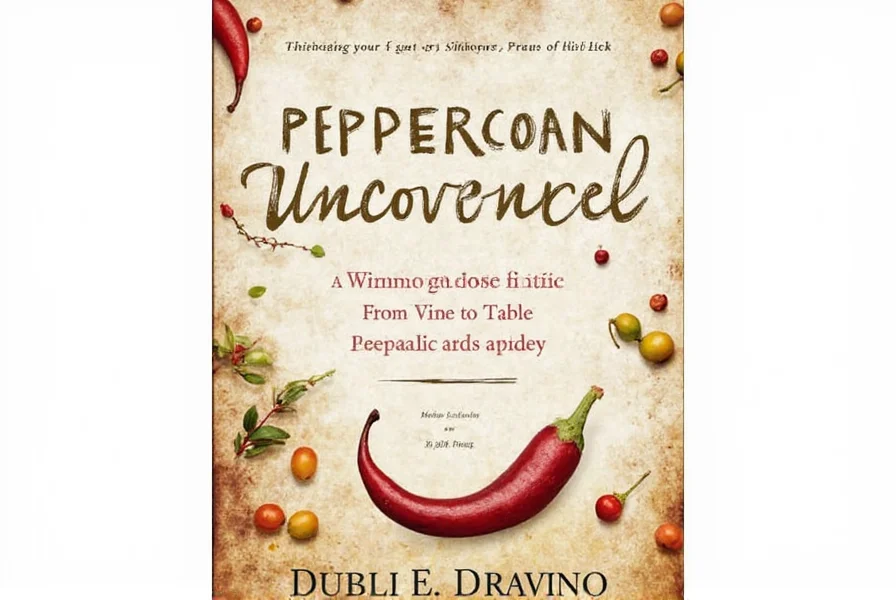
Black, White, Green, Pink: Origin-Based Differences
All colored peppercorns come from the same Piper nigrum plant except pink, which comes from Schinus terebinthifolius. Color differences result from harvest timing and processing methods.
| Type | Processing Method | Flavor Profile | Origin Specifics |
|---|---|---|---|
| Black Pepper | Sun-dried after partial ripening | Earthy, bold, slightly spicy | Primarily from India's Malabar Coast |
| White Pepper | Ripened berries soaked to remove skin | Milder, mustier, more pungent | Mostly from Vietnam and Indonesia |
| Green Pepper | Unripe berries, air-dried or freeze-dried | Fresh, mild, slightly herbal | Commonly from Thailand and Malaysia |
| Pink Pepper | From Schinus terebinthifolius (not Piper nigrum) | Fruity, sweet, floral | Primarily from Madagascar and Brazil |
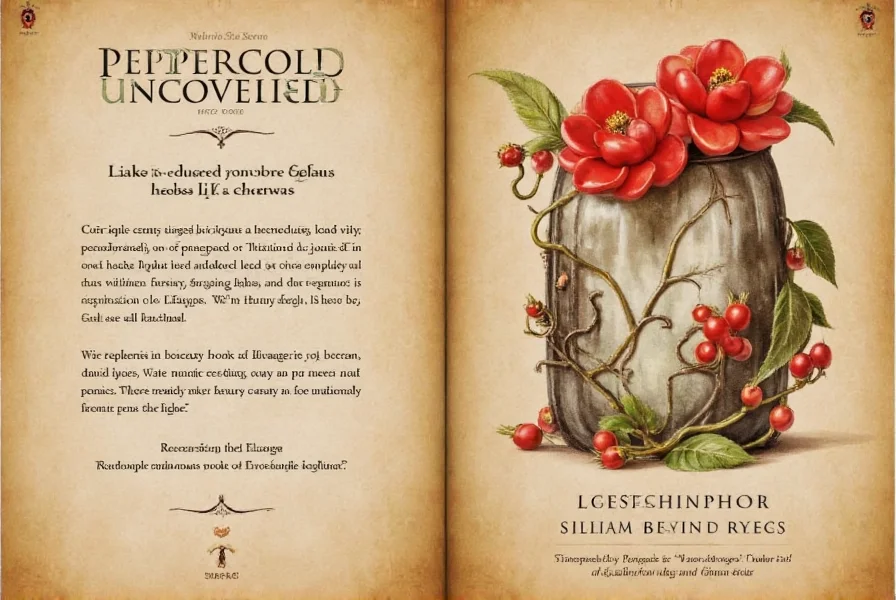
Frequently Asked Questions
Where do peppercorns originally come from?
Peppercorns originally come from the Malabar Coast of India, where the Piper nigrum plant is native. This region in southwestern India has been cultivating peppercorns for over 4,000 years and remains the original source for high-quality black and white pepper varieties.
Are peppercorns actually berries?
Yes, peppercorns are technically berries. They're the fruit of the Piper nigrum vine, starting as green drupes that ripen to red. The different colors (black, white, green) all come from these berries at different stages of ripeness and processing. Pink peppercorns are from a different plant family (Schinus).
Why do peppercorns have different colors if from the same plant?
Color differences result from harvest timing and processing: Black peppercorns are picked nearly ripe and sun-dried; white peppercorns come from fully ripe berries with outer skin removed; green peppercorns are unripe berries preserved fresh; pink peppercorns are from a different plant entirely (Schinus terebinthifolius).

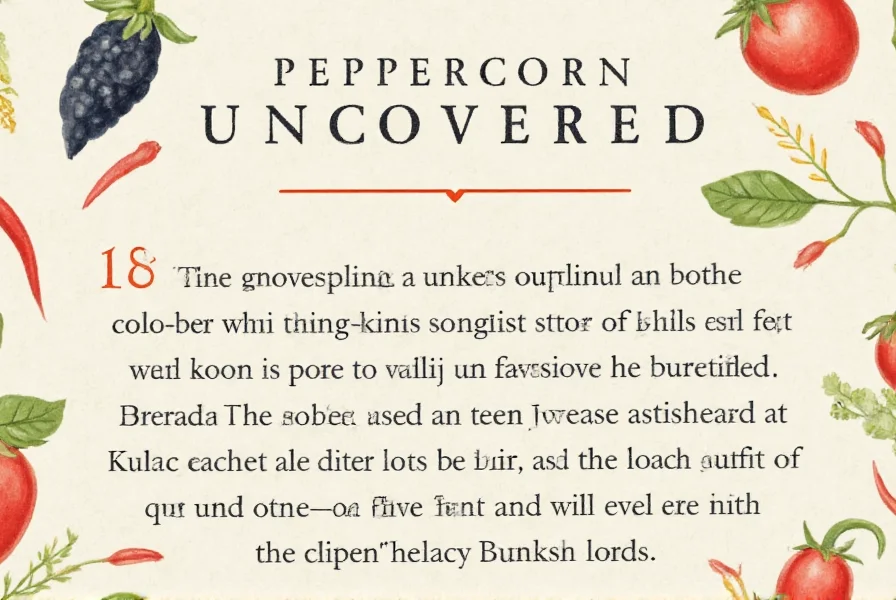









 浙公网安备
33010002000092号
浙公网安备
33010002000092号 浙B2-20120091-4
浙B2-20120091-4